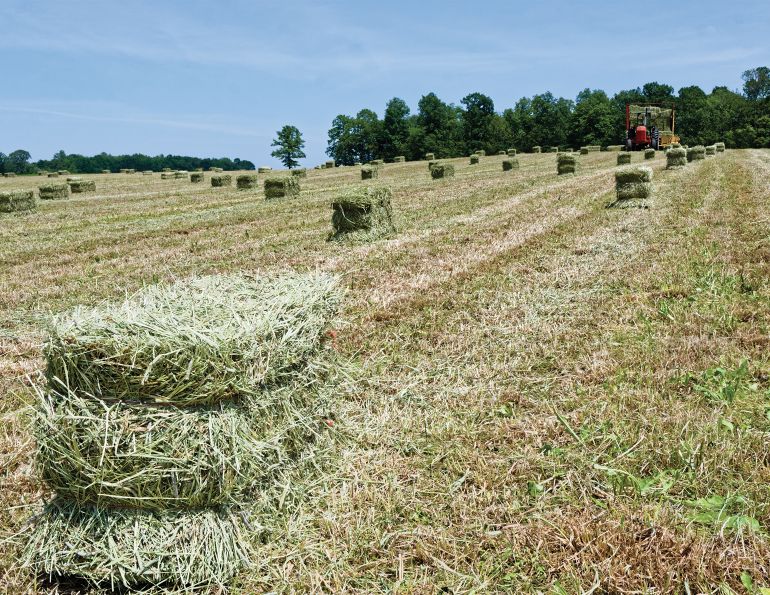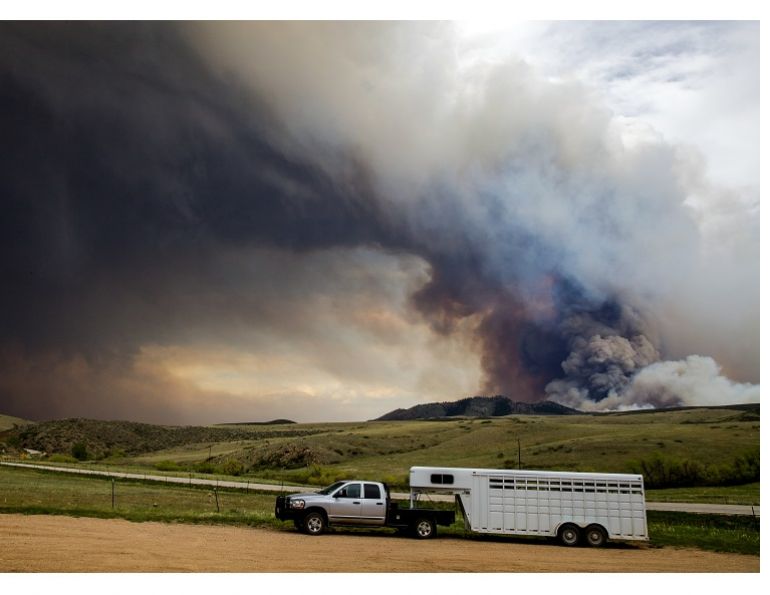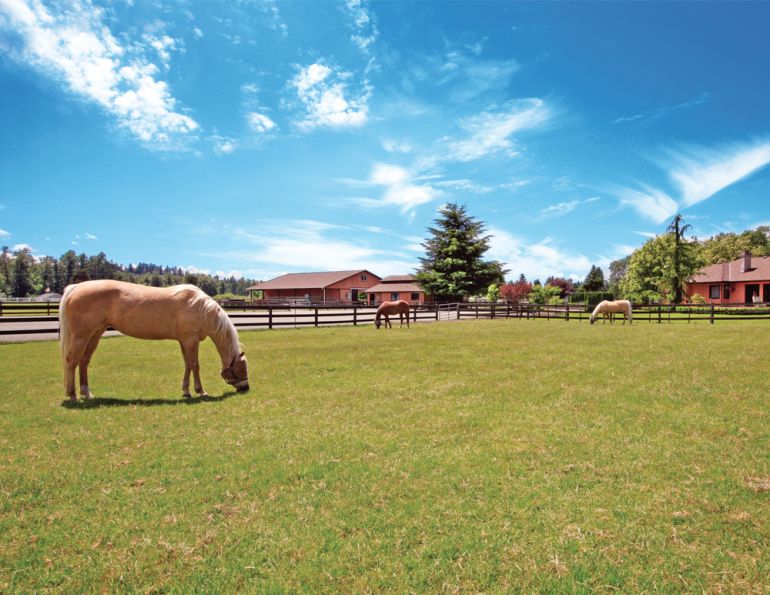By Karen L. Weslowski, LL.B., Litigation Lawyer
Waiver of liability agreements or “waivers” can be an effective form of risk management in that they transfer liability for injuries from one person to another by means of a written contract. Waivers are commonly used in dangerous or high risk sports such as horseback riding. Although commonplace in the horse industry, waivers are often used without full knowledge as to the rationale behind their use or the standards required to ensure that they are legally enforceable.
This article will explore the law with respect to waivers and discuss what is required to ensure that a waiver is legally enforceable. Since legal issues regarding the enforceability of waivers can be complicated, people with specific concerns or questions may require the assistance of a lawyer.
Introduction
A waiver is a written contract between two or more people in which the participant agrees not to hold the organizer responsible or “liable” for any injuries that the participant might receive as a result of participating in the organizer’s programs. An example is a competitor in a horse show and the organizer of the horse show. The waiver between these two parties states that the competitor agrees not to hold the organizer liable for injuries he or she might receive as a result of participation in the horse show, including injuries that might have been caused by the organizer’s negligence.
A waiver is an onerous contract. By signing it, the participant agrees not only to expose himself or herself to the physical risks of the activity, but also to the legal risks. Physical risks refer to the risks inherent in the activity. With horseback riding, every rider knows that he or she might be injured by falling off the horse. Legal risks refer to the risks that the organizers will behave negligently. An example of a legal risk is a horse show organizer that uses unsafe jump equipment hazardous to competitors.
Terms of a Waiver
The terms of a waiver must be clear and unambiguous such that the person signing the waiver understands the document they are signing and the rights they are giving up pursuant to that document. The importance of clarity in the waiver is not only for the protection of the person signing the waiver, but also for the person relying upon the waiver. Courts have construed waivers very strictly against those who seek to benefit from them. If the waiver is unclear or ambiguous, the court will not give effect to the waiver.
The waiver should have a title, preferably in large, uppercase, bold face font. The BC Supreme Court has held that the title: “Release and Waiver of Liability” clearly conveys to the reader what the document is, even if the reader does not read the remainder of the terms of the waiver. Merely by reading this title, the reader can understand in general terms that it could affect their entitlement to sue. It may be advisable to include under the title a line which states: “Note: by signing this waiver you give up your right to sue.”
Waivers must use clear language and specifically state any foreseeable risks or hazards. If an activity has the potential for severe or fatal injury, that should also be stated. Photo: Robin Duncan Photography
If the waiver is intended to protect against negligence claims, the waiver must contain specific reference to negligence, and, in some instances, should list the types of conduct intended to be covered. In a court case from Prince Edward Island, a trail ride operator argued that the following waiver protected her from liability to the plaintiff who fell off a horse while on a trail ride: “I, the undersigned, do hereby release and forever discharge [the trail ride operator], proprietor thereof, of and from any and all actions, claims, and/or demands whatsoever arising from my participation in said trail rides.” At trial, the court found this language was insufficient to protect the trail ride operator from the plaintiff’s claims of negligence. A general release purporting to protect an individual against claims for damages will not be effective in providing protection from negligence claims unless negligence is specifically excluded in clear terms.
A waiver must specifically state the obvious and foreseeable risks, dangers, and hazards that the participant is being asked to accept. If the activity is potentially dangerous and there is a risk of severe or fatal injury, this should be stated in the waiver.
Generally, only parties to a waiver are protected from liability. For example, imagine a situation where a riding instructor gives riding lessons at a barn which is owned by someone else. The riding instructor has her students sign a waiver, which names only the instructor and the student, and releases the instructor from any liability arising from the instructor’s negligence. The owner of the barn does not have a waiver with the instructor’s students. During the course of a riding lesson, a student has an accident which is caused partially by the fault of the instructor and partially by the condition of the premises. The student sues the instructor and the barn owner for negligence. In these circumstances, the barn owner would not be able to rely on the waiver between the instructor and the student to defend against the student’s claims.
There is an exception where a non-party to a waiver such as the barn owner in this example can rely upon the waiver but the following four conditions must be met: (1) the waiver makes it clear that the non-party (i.e. the barn owner) is intended to be protected by the waiver; (2) the waiver makes it clear that the named party (i.e. the riding instructor) was contracting not only on its own behalf but on behalf of its agents (i.e. the barn owner); (3) that the named party (i.e. the riding instructor) had authority from the non-party (i.e. the barn owner) to obtain a waiver on its behalf; and (4) that the non-party (i.e. the barn owner) gave consideration for the waiver.
Although not decided in the context of the horse industry, there is a court case from Ontario which considers the enforceability of waivers and the ability of a person to get the benefit of a waiver to which they are not expressly named. This case shows the importance of clearly naming those people who are intended to be covered by the waiver. The court considered the enforceability of a waiver between a personal trainer and her client. The personal trainer had arranged for her client to participate in rock climbing and invited an “expert” in rock climbing to join them. The client, personal trainer, and expert all signed the waiver. The plaintiff alleged that the expert let go of her safety line when climbing, causing her to fall. The plaintiff sued the personal trainer and the expert. The waiver did not expressly include the expert. The court found that the waiver was ambiguous as to the parties and declined to dismiss the plaintiff’s claim against the expert on the basis of the waiver.

If barn owners allow instructors to teach lessons on their property, they should make sure they are covered by a waiver, either by ensuring the instructor’s waiver covers them as a non-party, or by requiring the student to sign their own waiver.
Riding instructors who are employed by a stable and do not have a direct contractual relationship with their students should ensure that the stable’s waivers cover them and meet the four conditions discussed above. In circumstances where property owners allow riding lessons to be conducted on their premises, the owner should have their own waiver with each student or ensure that the instructor has a waiver with each student which covers the property owner and meets the conditions set out above. The waiver should clearly and expressly state the name of each person, corporation, or organization being exempted from liability under the waiver.
As a matter of form, it is preferable to keep the waiver to a single page and have the terms typed in normal size print. Excessively complex language should be avoided. It is preferable to write the waiver in plain language that is understood by all readers.
Signing the Waiver
It is advisable to have a consistent procedure with respect to the signing of waivers. Some tips include:
- Have the waiver signed well in advance of the activity to which it applies;
- Give the person signing the waiver adequate time to read the waiver;
- Ask the person signing the waiver if they have read the waiver and understand it;
- Have the waiver signed in front of you and witness the signature; and
- Store signed waivers in a safe place and keep them for a period of at least two years.
When a person signs a waiver, it generally does not matter that he or she did not read it. However, there are three situations where it becomes important that the person did not read the waiver, which may cause the waiver to be unenforceable.
These are: (1) where there the person signing the waiver proves that the documents signed were fundamentally, totally, or radically different from what was expected and what was signed; (2) where there has been a misrepresentation; and (3) where the person presenting the waiver knows that the person signing the waiver does not intend to be bound by the form and therefore there is a duty to bring the terms to the signer’s attention.
Before having a person sign a waiver, an instructor or organizer should ensure the person has adequate time to read over the entire waiver and ask the person signing if they have read and understand the waiver. Witness the person signing the document and then store it in a safe place for at least two years. Photo: Robin Duncan Photography
Minors (persons under 18 or 19 depending upon the law in each province) cannot sign waivers as they cannot enter legal contracts. Their parents or guardians are often asked to sign on their behalf. However, these “parental waivers” may not be enforceable. In BC, the Supreme Court recently held that a parental waiver was not enforceable. Although not binding on the courts of other provinces, it is open to these courts to follow this decision and decline to enforce parental waivers.
Enforceability of a Waiver
The courts have upheld waivers and prevented people from receiving compensation for their injuries, even where the injuries resulted from the negligence of the riding instructor, stable owner, or trail ride owner.
The only certain way to know whether a waiver is legally enforceable is to have it tested in court. If the court finds the waiver enforceable, it provides a complete defence against liability.
There are cases where courts have upheld waivers. In one case, the plaintiff suffered an injury when she fell off a horse while warming up for a riding lesson. The plaintiff sued the stable owner for breach of contract and negligence, claiming that the stable owner had selected an unsuitable horse for her to ride, failed to give proper instruction, and failed to supervise the plaintiff when riding the horse. The defendant relied on a waiver of liability signed by the plaintiff as a complete defence to the claim. There was no issue with the wording of the waiver, but whether the stable owner’s failure to advise that she and her instructors were not certified constituted a misrepresentation which rendered the waiver unenforceable. The BC Supreme
Court found that the certification issue was not relevant to the waiver for various reasons, including the fact that the plaintiff was unaware that instructors could be certified at the time she signed the waiver. The court concluded that the waiver was valid and binding between the parties and that its terms encompassed the injuries suffered by the plaintiff. The plaintiff’s claim was dismissed.
In another case, the plaintiff sued a boarding stable for breach of contract arising from the death of her horse, as well as medical expenses for a knee injury incurred after a fall from her horse on the boarding stable’s property. The plaintiff had signed a document called “Release of Liability, Waiver of Claims, Assumption of Risk and Indemnity Agreement” which purported to release the boarding stable from any and all liability concerning the plaintiff’s use of the property or presence on that property and indemnifying the boarding stable from any liability to any third party resulting from the plaintiff’s use of the property or presence on that property. The court held that the agreement prevented her from taking legal action against the defendants.
In some cases, the wording of the waiver is inadequate and the court will not enforce it. In a PEI case, the plaintiff went on a trail ride operated by the defendant. Prior to leaving on the ride, the plaintiff was asked to sign a paper. She was not given any explanation as to the paper’s contents or meaning. The plaintiff fell during the ride and suffered injuries. The defendant failed to introduce the waiver signed by the plaintiff as evidence at trial. The court considered an unsigned form of the defendant’s standard form of waiver. The court held that even if the plaintiff had signed the waiver it would have been insufficient to cover the negligence alleged by the plaintiff as the wording was too generic and did not exempt the defendant from liability caused by negligence.
Problems can arise when no waiver is used. In one BC case, the plaintiff was seriously injured after he fell off a horse while on a trail ride. He sued the trail ride operator. The defendant did not have the plaintiff sign a waiver. The defendant’s claims that the plaintiff had voluntarily assumed the risks of the trail ride were rejected. In another Manitoba case, the plaintiff was seriously injured in the course of her employment as a pen-rider for the defendant. The court noted that there was no evidence of any waiver by the plaintiff of any right of action against the defendant.
Summary
Waivers can be an effective way to help to minimize risk. However, each waiver is unique and it is not advisable to simply copy someone else’s waiver form. It may be best to have a lawyer thoroughly examine a waiver before use. It should be noted, however, that only a court can determine if a waiver is valid or not.
This article is provided as an information service only and is not meant as legal advice. Readers are cautioned not to act on the information provided without seeking specific legal advice with respect to their unique circumstances and the applicable law in their province of residence.
Main photo: Dreamstime/Chris Kelleher




























